Regarding engine lathes, LeBlond has a new line of precision high-speed heavy-duty machines including the RKL-1600 (16” swing), RKL-1800 (18” swing) and RKL-2000 (21” swing) with either gearhead or electronic variable speed spindles.
You may be curious as to the difference between high-speed heavy-duty and our traditional line of precision high-speed lathes such as the RKL-1300 (14” swing), RKL-1500 (16” swing), RKL-1700 (17” swing) and RKL-1900 (20” swing).
D1-8 Spindle: Higher Power Turning
The first major difference between these two lines is that the high-speed heavy-duty engine lathes feature a D1-8 spindle compared to the D1-6 spindle on the precision high-speed lathes. A larger bearing surface allows a machinist to put more weight on the machine for higher-power turning.
Precision High-Speed Heavy-Duty: More Robust Motor
A second difference is that the precision high-speed heavy-duty lathes have a more robust motor between 10-12.5 HP compared to the 7.5 HP motor on the precision high-speed engine lathes.
A more robust motor allows the heavy duty high speed lathes to match the larger spindle and weight capability. Therefore, with more power and torque, the machine doesn’t bog down when making a cut.
Wider Bed on High-Speed Heavy-Duty Engine Lathes
The third difference between the two lines is that the precision high-speed heavy-duty engine lathes have a wider bed and carriage with up to 90” between centers. While the precision high speed machines range up to 60” between centers.
A wider bed allows for more stability during deep cuts turning heavy parts. Think of a tool analogy in that you might opt for a larger wrench to achieve more torque when confronting a stubborn nut.
High Speeds: Smoother Surface Finish
Both machines feature high speeds. The precision high speed lathes power up to 2200 RPM’s while the precision high-speed heavy-duty lathes run up to 1800 RPM’s.
Higher speeds allow a machinist to achieve a smoother surface finish.
On smaller lathes, the tolerances between the headstock, tailstock and cross slide are aligned more closely. At higher speeds like 2,000 RPM’s, a machinist can cut, say, a 30-grind finish as detected with a surface gauge. This smooth grind finish is usually only possible using a surface grinder but is possible with a manual lathe at higher RPM’s.
Precision High-Speed Heavy-Duty Engine Lathes: More Power
LeBlond built the high-speed heavy-duty lathes to better match our customer requirements. You asked for larger, more robust lathes with enough speed to achieve a fine finish on a part. LeBlond has delivered with the RKL-1600, RKL-1800 and RKL-2000 engine lathes.
If you’re interested in new LeBlond or K.O. Lee machines, fill out a Request for Quote here. If you require OEM parts for your LeBlond, K.O. Lee, Standard Modern, Johnson Press, Deka Drill or W.F. & John Barnes equipment, fill out this form. You can always call LeBlond at +1(888) 532-5663 with any questions.



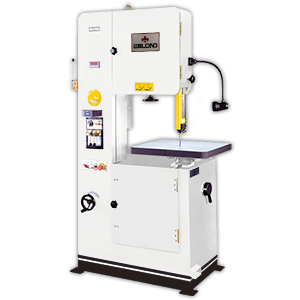
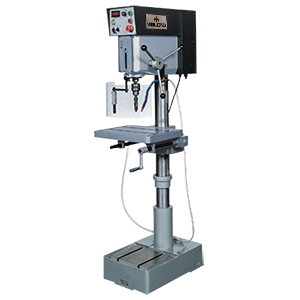
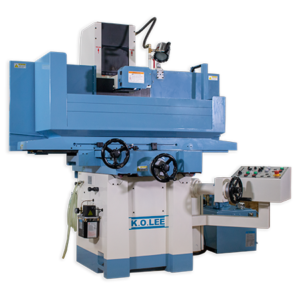
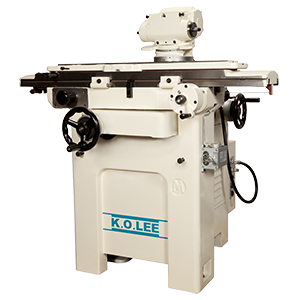

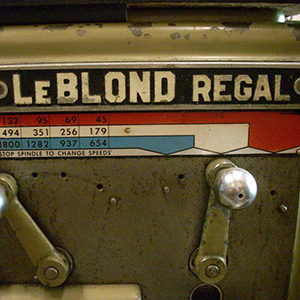
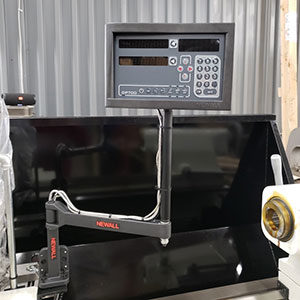
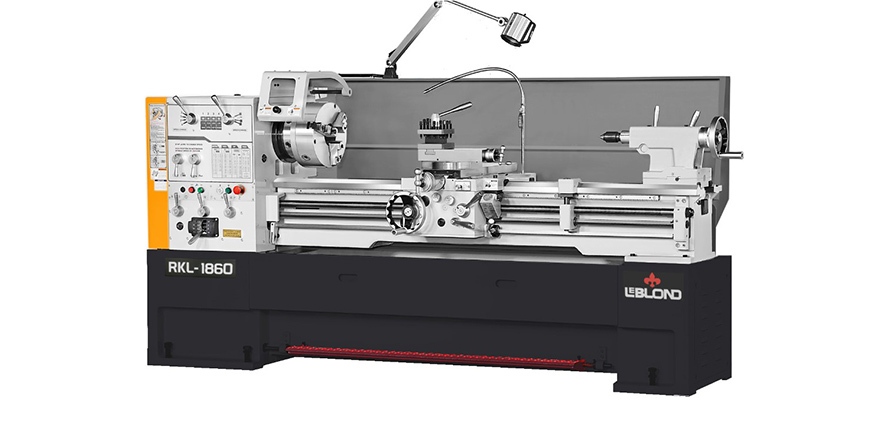
Thank you for providing this information on the RKL series lathes. I am in the market for a lathe and am looking for as much information as possible on the LeBlond before
making a decision. When was the Servo Shift discontinued and the RKL introduced. Are there any videos showing the RKL lathes making parts or showing the differences between the gear head and variable speed drive–do the variable speed drives use belts
instead of gears? Actual user feedback would be very welcome. Thank you, Larry Poppert
Hello Larry,
Thanks for contacting us. The servo shift was discontinued with the Regal lathe. The RKL was introduced early this millennium. Here are some YouTube video showing a LeBlond lathe in action:
https://www.youtube.com/watch?v=ocRpDSygLBs
https://www.youtube.com/watch?v=0gZAoi3QJYs
https://www.youtube.com/watch?v=nk46foOqgAg
https://www.youtube.com/watch?v=xSCPbYFO4Cg
Here is a blog post on the difference between gearhead and electronic variable speed spindle:
http://leblondusa.com/metal-lathe-gearhead-or-evs/
We will forward your queries to our Sales Department and a Sales Engineer will contact you to answer your questions. If you would like, contact Sales Director Aaron Juillerat for more information. Contact info is below.
Best Regards,
Aaron Juillerat
(888) 532-5663 Ext. 202
[email protected]
We are machine tool distributor interested in becoming a distributor.
Hello John, thanks for your feedback. Send all relevant info to our Sales Director whose contact info is here within.
My 1955 leblond regal 15 inch 4 feet bc is going great and I love it, I am from australia.
Hello Neville, good to hear from you! We love hearing from customers all over the world. Send us a picture of your machine if you like. Let us know what kind of machining you do and any interesting anecdotes. Thank you.
We are in requirement of Hi Speed Hi Precision Lathe machine having Speed Range 150 to 4000.
This is a requirement of Govt.Institute. Total qty— 12 Nos.
have any model in your product range.
Lathe is medium Duty 41/2′ Bed Length.
Sudhir, thank you for your comment. We will have a Sales Engineer get in touch with you regarding your machine requirements. To speak to somebody immediately, call +1 (888) 532-5663. Thank you.